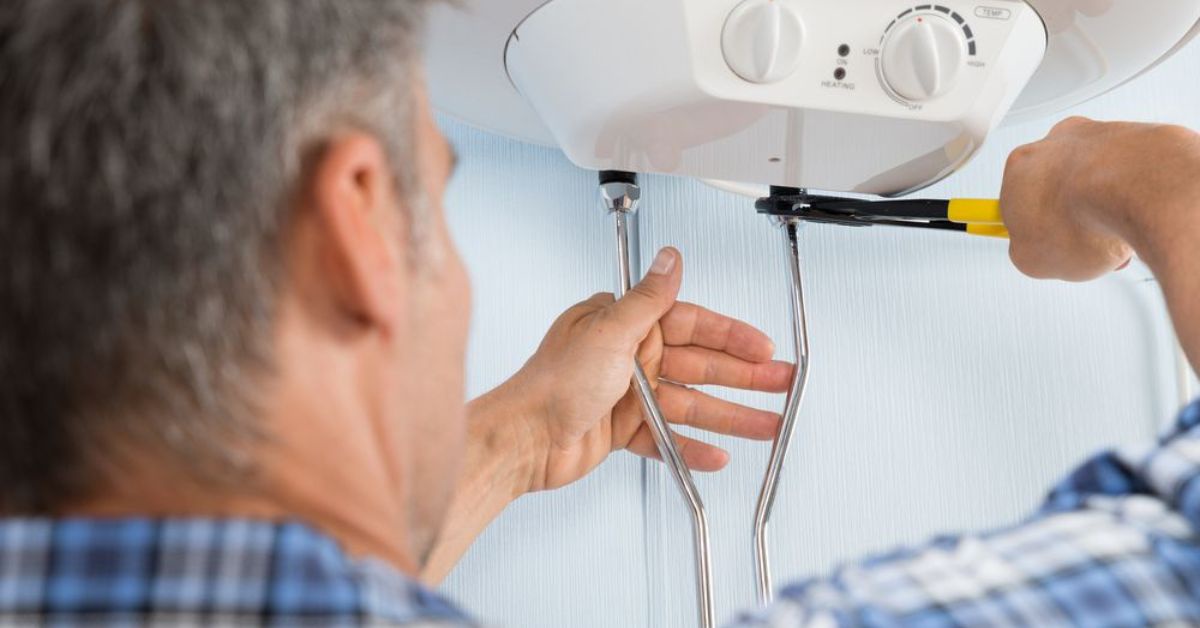Tankless water heaters have become increasingly popular in recent years owing to their energy efficiency and ability to provide hot water on demand. However, like all appliances, tankless water heaters require regular maintenance, including flushing, to keep them in top condition.
Flushing your tankless water heater is relatively straightforward and can be done by any homeowner as long as you take the proper precautions. Overlooking the maintenance may ensue expensive problems, necessitating calling water heater repair San Jose professionals! In this blog, we will discuss how to flush a tankless water heater and why it's vital to do so regularly.
Why Flushing a Tankless Water Heater is Important
Over time, mineral deposits can build up inside a tankless water heater, reducing its efficiency and potentially causing damage to the unit. Flushing a tankless water heater removes these mineral deposits and helps to maintain its efficiency and longevity. If you neglect to drain your tankless water heater regularly, you may experience the following issues:
-
Reduced Efficiency: Mineral deposits can accumulate inside the heat exchanger, causing it to work harder to heat the water. It can lead to a reduction in efficiency and an increase in energy bills.
-
Decreased Lifespan: The buildup of mineral deposits can cause damage to the tankless water heater, shortening its lifespan and potentially leading to costly repairs or replacement.
-
Risk of Damage: If the mineral buildup is left unchecked, it can cause the unit to overheat and potentially cause damage to other components of the tankless water heater, which is only fixable by a local plumber in San Jose.
Steps to Flush a Tankless Water Heater
Flushing a tankless water heater is a relatively simple process that can be completed in a few hours. Here are the steps to follow:
Step 1: Turn Off the Power
Before commencing, you may need to turn off the power to the tankless water heater. You can do this by switching off the circuit breaker that powers the unit or unplugging it from the electrical outlet.
Step 2: Shut the Water Supply Off
Next, turn off the water supply to the tankless water heater, which can be done by turning off the valve on the cold water supply line.
Step 3: Drain the Unit
Once you turn off the power and water supply, you can begin draining the tankless water heater. Connect a hose to the drain valve at the unit's bottom and run it to a drain or outside. Open the drain valve and let the water drain out of the unit. However, depending on your tankless water heater size, this may take several minutes to an hour.
Step 4: Flush the Unit
After the tankless water heater has been drained, you can begin flushing the unit. Utilize a descaling solution to remove the mineral buildup inside the unit. You can purchase a descaling solution specifically designed for tankless water heaters from your local hardware store.
Mix the descaling solution according to the manufacturer's instructions and fill a bucket with the solution. Attach a pump to the bucket and connect the pump to the inlet valve on the tankless water heater. Open the valve on the bucket and turn on the pump to begin flushing the unit. The descaling solution will circulate through the unit, removing any mineral buildup.
Step 5: Rinsing
At this stage, you may need to rinse the unit thoroughly to remove any remaining solution. To do this, disconnect the pump and the hose from the inlet valve and connect a hose to the outlet valve on the unit. Turn on the water supply and allow the water to flow through the unit for several minutes to rinse any remaining descaling solution.
Step 6: Restart the Unit
Once the unit has been rinsed, you can turn the power and water supply back on and restart the tankless water heater. Check for any leaks and ensure the unit is functioning correctly. If you find this task a bit complex, you can get professional assistance from plumbers in San Jose.
The Bottom Line!
Flushing your tankless water heater at least once every six months is essential for optimal performance and longevity. The process may seem intimidating at first glance, but with some basic plumbing knowledge, anyone can do it safely and effectively. Ascertain that you follow all necessary safety precautions when working with electrical or gas-powered appliances. With regular upkeep, you can rest assured that your tankless hot water heating system will remain efficient and last longer than expected!
Article Source - https://homeszillow.com/how-to-flush-a-tankless-water-heater/


No comments yet